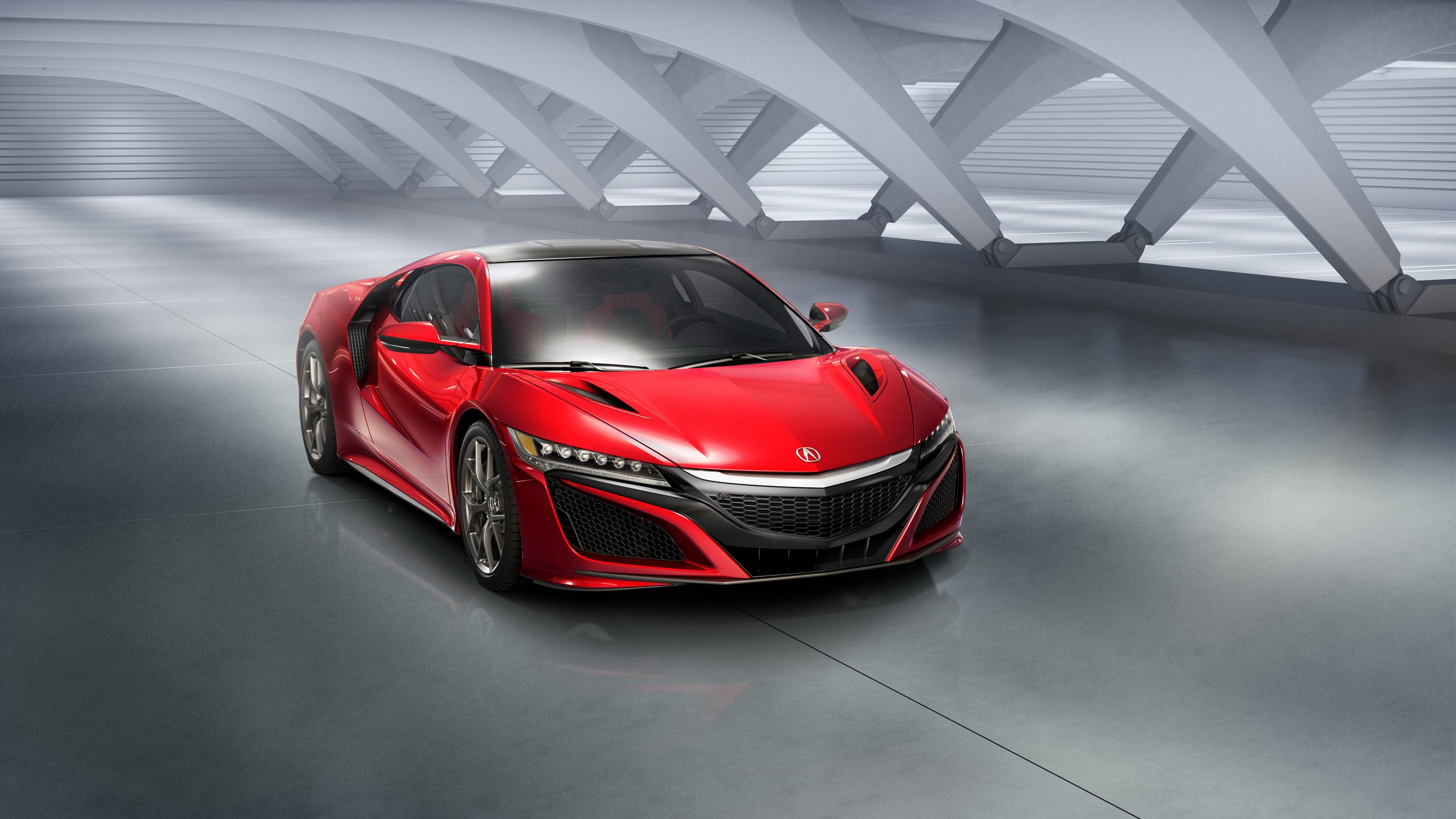You would think that for an automaker that comes from Japan, its home market would get first dibs on any of the cars it builds. But that’s not the case with the Honda NSX. Apparently, the Japanese market isn’t getting the NSX until 2017, much later than other countries like the U.S. and Australia. Even more curious, the NSX will come with a base price of ¥23.7 million in Japan, or the equivalent of $235,000 based on current exchange rates. That amount is not only 50 percent higher than the supercar’s base price in the U.S. of $156,000, but it’s also a lot more expensive than the Nissan GT-R Nismo in Japan. For the record, the GT-R Nismo is priced at ¥18.7 million in Japan, or around $186,340.
It sounds ridiculous that a Japanese supercar costs more in its manufacturer’s homeland compared to international markets, but if you pull the curtains behind the development of the NSX, a number of revealing informations will tell you that it’s not as it might seen. First, the NSX, despite “technically” being a Japanese supercar, is actually being produced in the U.S., specifically at the automaker’s new Performance Manufacturing Center (PMC) in Marysville, Ohio. That puts it in the “imported car” category, which traditionally carries a higher tax rate than local or regional cars. Then there’s the issue of Japan’s other tax rates, not the least of which includes an eight percent gas-guzzler tax that adds to the rising price tag of the supercar. Throw all of these charges together with the NSX’s base price in Japan and you get to that rather exorbitant figure.
In any event, Japanese customers aren’t obliged to buy the NSX if they feel that it’s not worth the price of owning one. Those who don’t mind paying a premium for the car now have a chance to get a hold of one as NSX Performance Dealers in Japan are now accepting applications for the supercar. Only 100 units will be made available in the first year with deliveries expected to begin on February 27, 2017, or May 2017 in the case of models that come with iron brake rotors.
Continue after the jump to read the full story.
Why it matters
I understand if Japanese customers are upset about the pricing of the Honda NSX considering that the supercar traces its roots in their own backyard. But this is par for the course in the globalization of the auto industry. Like most companies, Honda understands the value of catering to its bigger markets and the need to keep the prices down on those markets to attract more sales. The company’s decision to build the NSX in the U.S. is tied into that, even if it comes at the cost of increased prices in other places like Japan. That’s just how the business works and there’s really nothing anybody can do about it.
Unfortunately, Japanese customers are likely to pay more than the car’s suggested retail price in Japan. See, that amount does not include insurance premium, costs related to vehicle registration, and other taxes not counting the aforementioned eight percent consumption tax. Then there’s the option of customization. The NSX will come with eight different colors in the Japanese market, although there are other color options that include extra charges. For example, customers who opt for either a Valencia Red Pearl finish or a Nouevelle Blue Pearl finish will have to pay an extra ¥167,000, or about $1,662. Those who opt for a Nord Gray Metallic, a Source Silver Metallic, or a Casino White Pearl body finish will likewise have to fork over an extra ¥285,000 or around $2,840.
It’s a tough predicament to be in and questions on whether it’s fair or not can be asked. But again, that’s the price people will have to pay to get the new Honda NSX in Japan. I suppose those who can afford it can simply brush the added costs off but for those who have been filling up those piggy banks for a chance to own the NSX, prepare yourselves to pay more than you probably intended to.
Acura NSX
Read our full review on the Acura NSX here.

